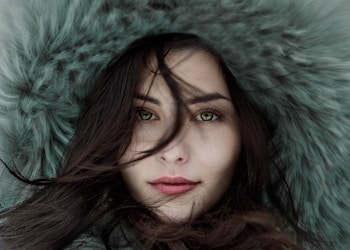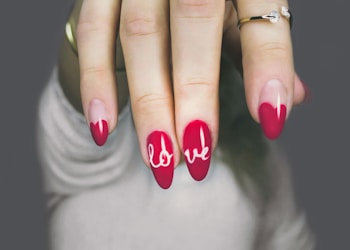6 ways to improve your edits on darker skin tones
All skin tones are beautiful, but a lot of our photo editing technology has been designed with lighter skin tones in mind. A lot of photographers aren’t trained in how to edit photos to compliment the full range of skin tones.
If this is something that you have struggled with then you have come to the right place. In this article, we are going to talk you through six ways you can improve your Lightroom editing skills when it comes to darker skin tones.
#1 – Learn more about undertones
When you are using Lightroom to get the best out of your pictures, you will need to teach yourself as much about color theory as you can.
One of the most important lessons you can learn when it comes to photographing people is how to edit a photo to complement undertones in skin colors.
For example, if someone has a yellow undertone, then you may want to consider using cooler tones when editing so that they don’t end up looking washed out.
Learning these simple tricks can make editing with Lightroom so much easier.
#2 – Get the right presets
You wouldn’t use the same preset package for every photography style, so why would you expect one package to work on all skin tones?
Any good photographer will find themselves working with models and subjects with a wide range of skin tones – so, if you are using Lightroom then you should have a range of presets on hand to make this possible.
When it comes to finding the best lightroom presets for dark skin you will need to look for presets that are designed to work with the different types of skin undertone. You will also find that some presets are designed for different levels of contrast.
You may end up needing 4-5 different presets for each skin tone range. What works on someone with an olive undertone probably won’t work on someone with an ash undertone – and so on.
#3 – Get your base edits right
If you are new to Lightroom or you are still gaining experience with it – then you should avoid changing too much when you are working with a different skin tone for the first time. Try to take things slowly.
Start by getting your base edits done first and getting them right. When doing your base edits, you should try to avoid making the skin look orange or green, but apart from that, just focus on the other edits you want to make.
You can work on getting the skin right in the next round of edits, or use a preset to help you do that.
#4 – Consider using brushes to adjust darker skin tones
Using brushes and the HSL panel (see next section) can be a bit tricky for many beginners – however, it is well worth your time to learn how to use these tools.
The major benefit of using brushes to edit skin tone is that they allow you to be incredibly selective about where you make your edits. They will allow you to edit the skin without changing anything else in the photo.
This can be especially useful if you are trying to make the most of contrast differences or trying to avoid creating orange patches of skin.
#5 – Make the most of the HSL panel
The HSL panel in Lightroom stands for Hue, Saturation, and Luminance.
When working with skin, you will find it most useful to adjust how color and color groups look. For example, you can make blues more green, oranges less red, or purples less blue.
This tool will be vital if you find the darker skin tones are throwing off the color balances in your presets.
However, you may find that you don’t need this tool if you only have to make small changes – you can use brush sets instead.
#6 – It’s all about light and light sources
When you are working with darker skin tones, you need to think about light differently to how you would if you were working with lighter skin tones.
You may find that you need to change how you take your photos to make your job in Lightroom easier. Think about where your light sources are coming from and how close they are to your subject.
When working in Lightroom you can try to add new sources of light to the photos to improve the contrast of the photo. When it comes to darker skin tones, the closer to the skin you can get the light source, the better.
















